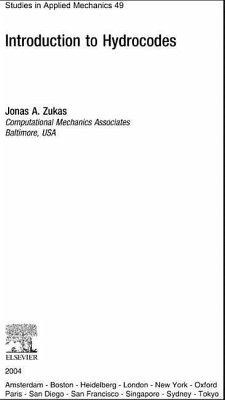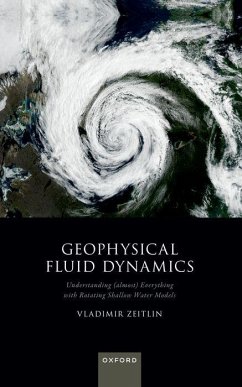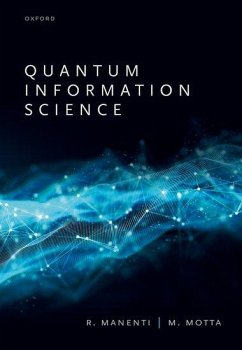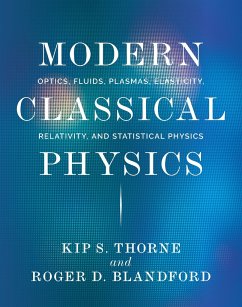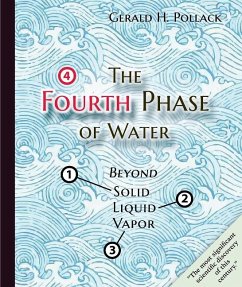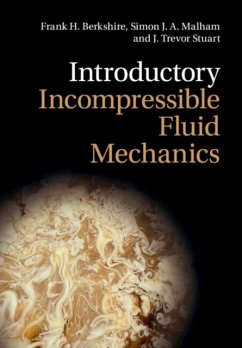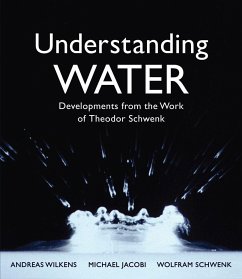
Michael P. Allen (Emeritus Professor and Emeritus Visiting FellowDominic J. Tildesley (Director and Titulair Professor of Chemistry
Broschiertes Buch
Computer Simulation of Liquids
Versandkostenfrei!
Versandfertig in 2-4 Wochen

PAYBACK Punkte
49 °P sammeln!




This is the second edition of a widely used practical guide to computer simulations of liquids. The technique uses a model for the way molecules interact, to predict how large numbers of them behave in liquid state. This essential introduction to this rapidly growing field is complete with illustrative computer code.
Michael Allen obtained his first degree, and doctorate, in Chemistry at the University of Oxford. After post-doctoral positions at UCLA and Oxford, he was, in 1985, appointed Lecturer, then Reader, and finally Professor in Physics at the University of Bristol. In 2001 he became founding Director of the Centre for Scientific Computing in Warwick, where he stayed in Physics until retirement in 2014. Allen was awarded an Alexander von Humboldt Foundation Forschungspreis in 1999, visiting Mainz (University and MPI for Polymer Research). He received the 2015 Lennard-Jones award and lectureship from the Royal Society of Chemistry Statistical Mechanics and Thermodynamics Group, and the Thermodynamics Conference series. Dominic Tildesley obtained his first degree at the University of Southampton, and his doctorate in Chemistry at the University of Oxford. After post-doctoral positions at Penn State and Cornell, he was appointed Lecturer, then Reader, and Professor in Chemistry at the University of Southampton. In 1998 he became Head of Physical Sciences at Unilever Research and Development, Port Sunlight and in 2004, Chief Scientist of the Home and Personal Care Division. In 2013, he was appointed as Director of the Centre Européen de Calcul Atomique et Moleculaire at the EPFL in Switzerland. Tildesley was awarded the Marlow and Tilden medals of the Royal Society of Chemistry and a CBE for services to science, technology and business.
Produktdetails
- Verlag: Oxford University Press
- 2 Revised edition
- Seitenzahl: 640
- Erscheinungstermin: 22. August 2017
- Englisch
- Abmessung: 244mm x 169mm x 35mm
- Gewicht: 1214g
- ISBN-13: 9780198803201
- ISBN-10: 0198803206
- Artikelnr.: 47974059
Herstellerkennzeichnung
Libri GmbH
Europaallee 1
36244 Bad Hersfeld
gpsr@libri.de
Für dieses Produkt wurde noch keine Bewertung abgegeben. Wir würden uns sehr freuen, wenn du die erste Bewertung schreibst!
Eine Bewertung schreiben
Eine Bewertung schreiben
Andere Kunden interessierten sich für


